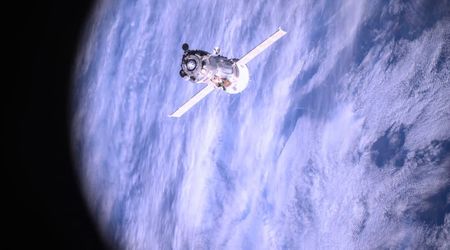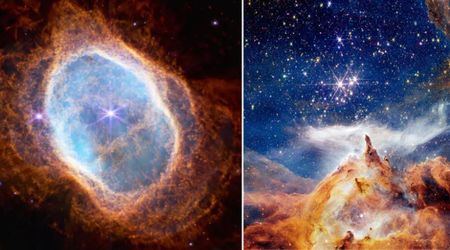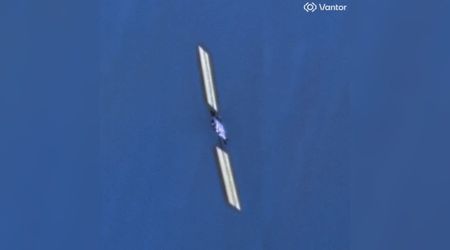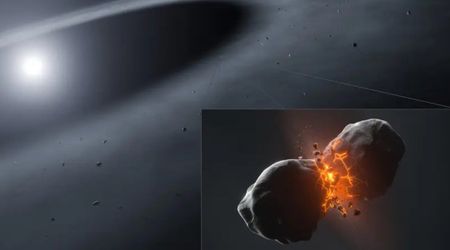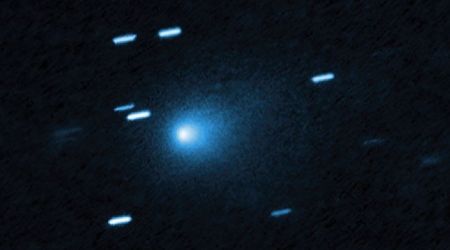After Rubin's first surreal images of the cosmos, scientists are 'beyond excited about what's coming'

The NSF–DOE Vera C. Rubin Observatory, a significant new scientific facility, released its first images at an event in Washington, D.C. The imagery captures cosmic phenomena from a little over 10 hours of test observations, according to the Vera C. Rubin Observatory. It captured millions of galaxies, Milky Way stars, and thousands of asteroids. These images are just the beginning of an unprecedented scale of the scheduled 10-year scientific mission. This mission will explore the vast universe to unravel its secrets and discover some of its mysteries.
Whew, what a day!
— NSF-DOE Rubin Observatory (@VRubinObs) June 23, 2025
Today we revealed the preview of @NSF–@doescience Rubin Observatory's epic cosmic movie🎬 #RubinFirstLook
From wide-field and deep views of the Universe, to the dynamic and changing sky, Rubin is already bringing the night sky to life!https://t.co/j7zEeId8jY
The first images have been released from a revolutionary new space telescope - powerful enough to capture the light from millions of distant galaxies.
— Channel 4 News (@Channel4News) June 23, 2025
The images - taken by the Vera Rubin Observatory's specially designed camera - reveal the universe in stunning detail. pic.twitter.com/y17vU5fLTc
The primary mission of Rubin will begin later in 2025, the Legacy Survey of Space and Time. "Everything we learn now brings us closer to full science operations later this year. Today is just the beginning!” stated Sandrine Thomas, Deputy Director of Rubin Construction and Associate Director of Rubin Observatory for Rubin Summit Operations. The LSSTCam covers an area that is the size of 45 full moons in the sky, according to Space.com. The captured image of the Virgo cluster, has a vast array of around 10 million galaxies, which makes up only 0.05% of around 20 billion galaxies that will be captured by the end of LSST.
The background has many galaxies more distant than the cluster, and the foreground has stars closer to our system. The lower right of the image contains two spiral galaxies, with three galaxies colliding and merging in the upper right. The image also contains various groups of distant galaxies and stars, making up only one 50th of the entire image. The Triffid nebula, captured by the observatory, is located around 9,000 light-years from Earth, and the Lagoon nebula is around 4,000 to 6,000 light-years away.

Some regions in the images show clouds of gas and dust that are condensing to form new stars. The image combined 678 separate images by Rubin, of just over 7 hours of observing time. "As an observational cosmologist and having worked in the development of the LSST Science Pipelines and the characterization of the LSSTCam, I'm proud and beyond excited about what's coming!" stated Andrés Alejandro Plazas Malagón, a researcher at Stanford University and part of the Rubin Observatory's Community Science Team. One of the innovative abilities of the telescope is that it can study objects that change in brightness over time.

It will also observe various stars and supernova explosions. As the most efficient and effective Solar System discovery machine built, it will also find conclusive evidence of dark matter. The nature of dark matter, dark energy, and other massive cosmic mysteries is a central focus, according to the Vera C. Rubin Observatory. “It is not every day that a revolution stares you in the face, but that is precisely what the Rubin Observatory team, together with our colleagues at the NSF and DOE, has delivered with these first images. Astronomy is on the brink of transformation!” stated Matt Mountain, AURA President. This will explain 95% of the universe that remains unknown.

“Releasing our first scientific imagery marks an extraordinary milestone for NSF–DOE Rubin Observatory. It represents the culmination of about two decades of dedication, innovation, and collaboration by a global team,” said Željko Ivezić, the director of Rubin Observatory Construction. This facility is jointly funded by the U.S. National Science Foundation and the U.S. Department of Energy's Office of Science. The 8.4-meter telescope with the largest digital camera ever built will provide an ultrawide, ultra-high-definition time-lapse record of the Universe. It is located at the summit of Cerro Pachón in Chile, offering the world's best observations.
